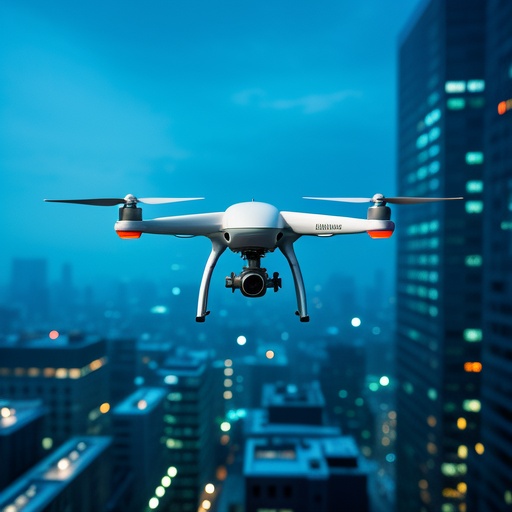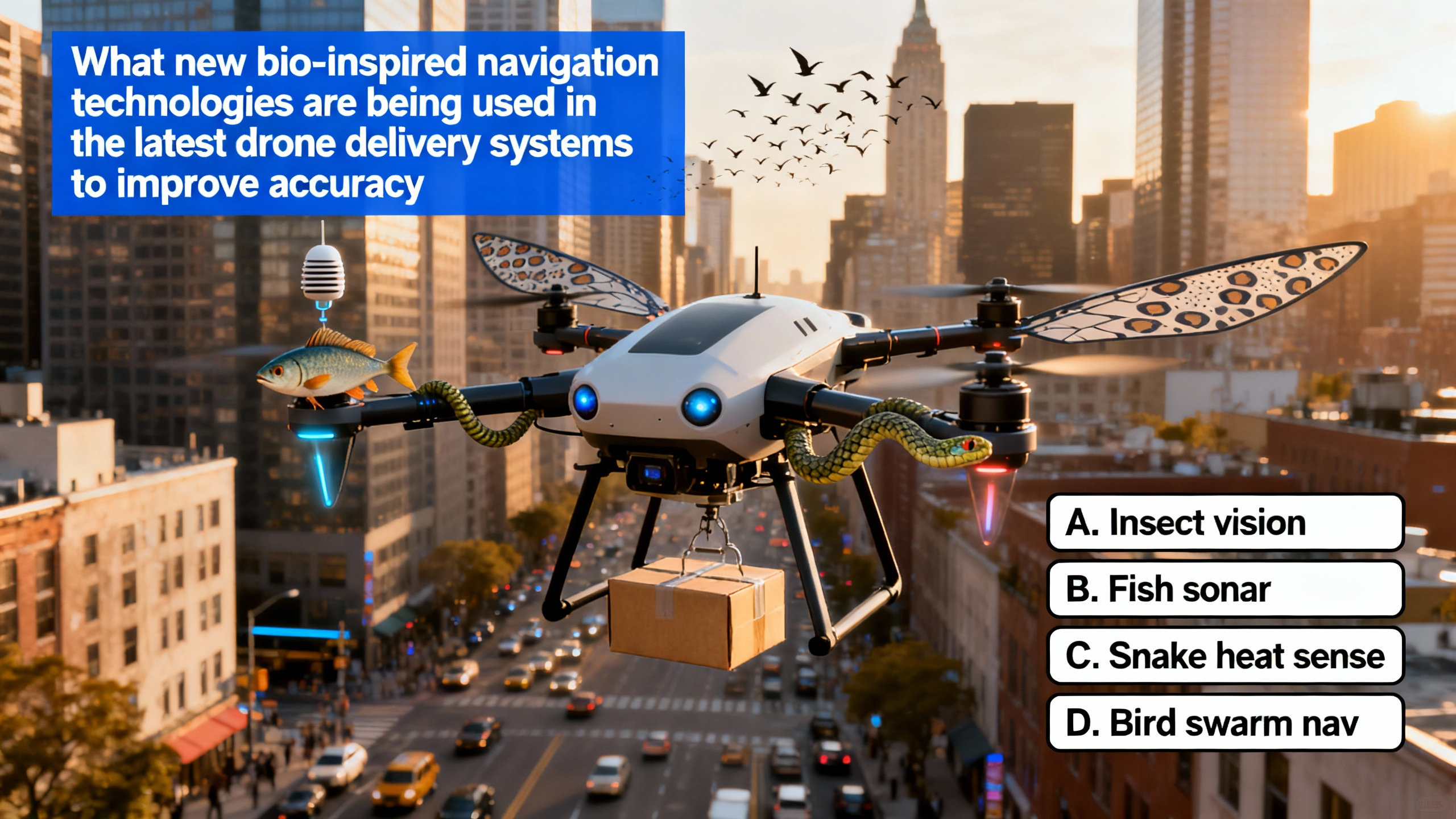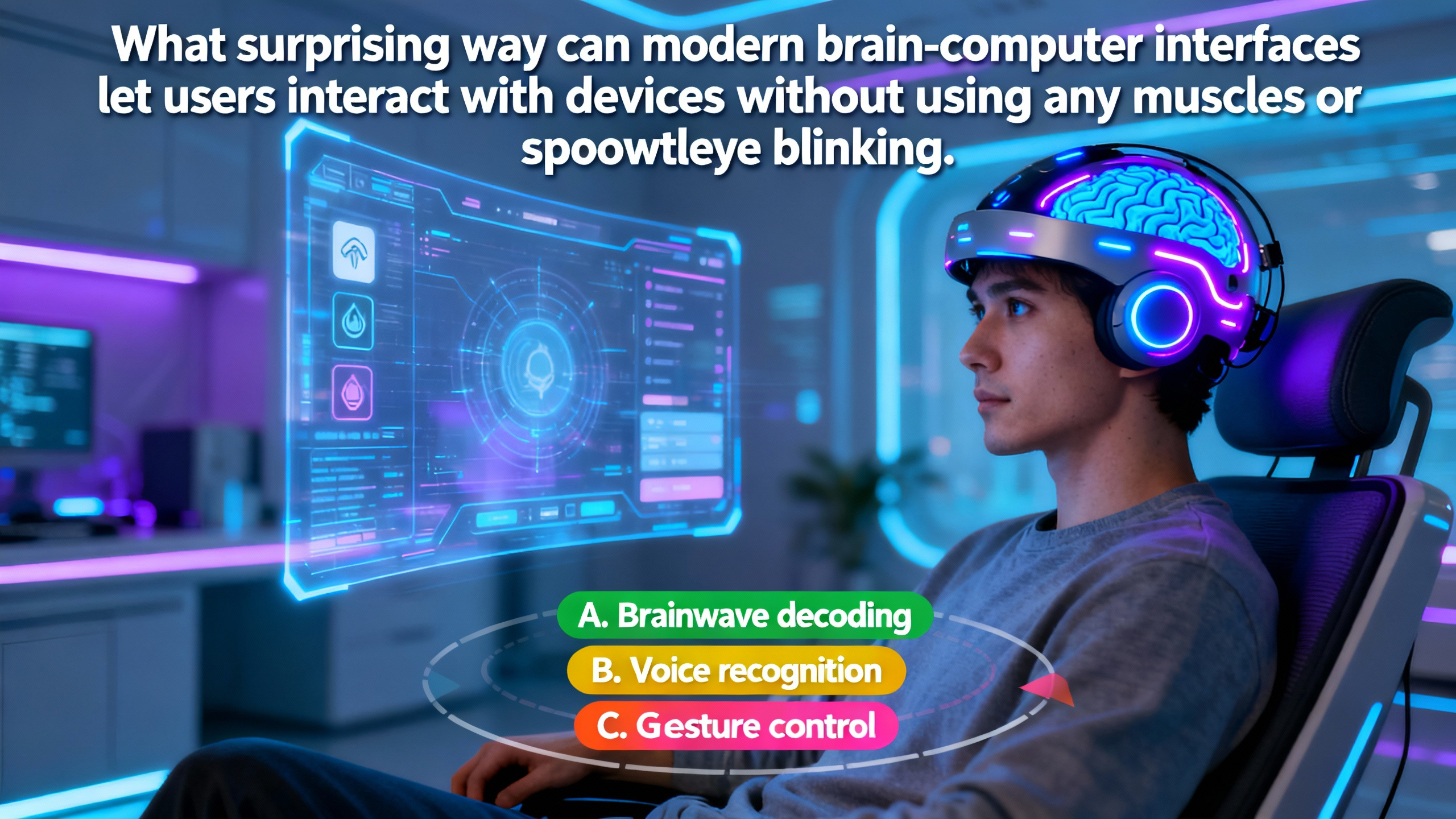Bio - inspired Navigation Technologies Revolutionize Drone Delivery in Urban Environments
In recent years, drone delivery systems have faced challenges in complex urban environments due to factors such as tall buildings, narrow streets, and dynamic obstacles. To improve accuracy, new bio - inspired navigation technologies are being employed.
One of the key bio - inspired technologies is inspired by the navigation abilities of insects, particularly bees. Bees use a combination of visual cues and an internal compass to navigate over long distances. In drone delivery, computer vision systems are being developed to mimic this behavior. These systems use cameras on the drones to detect and recognize visual landmarks in the urban landscape, such as rooftops, street signs, and unique building facades. By comparing the current view with pre - mapped visual information, drones can determine their position accurately. Additionally, like bees' internal compasses that sense the Earth's magnetic field, some drones are equipped with magnetometers. This allows them to maintain a stable heading and adjust their flight path as needed, even when GPS signals are weak or blocked by tall buildings. 
Another bio - inspired approach is based on the echolocation abilities of bats. Bats emit high - frequency sounds and use the echoes to navigate and detect prey in the dark. Drones are now being fitted with ultrasonic sensors. These sensors emit ultrasonic waves and measure the time it takes for the waves to bounce back from nearby objects. This enables drones to detect obstacles in real - time, such as power lines, trees, or other drones, and adjust their flight path accordingly. In complex urban settings where there are numerous small and hard - to - detect obstacles, this echolocation - like technology significantly enhances the safety and accuracy of drone delivery.
Moreover, the collective behavior of birds in flocks has also inspired a new form of navigation for drones. In a drone swarm delivery system, multiple drones can communicate with each other and coordinate their movements, similar to how birds in a flock fly in harmony. By sharing information about their positions, velocities, and the presence of obstacles, drones can avoid collisions and optimize their delivery routes. This bio - inspired swarm intelligence not only improves the accuracy of individual drone deliveries but also increases the overall efficiency of the delivery system in complex urban environments.
In conclusion, bio - inspired navigation technologies, including those mimicking insects, bats, and birds, are revolutionizing drone delivery systems in complex urban settings. These technologies offer solutions to the challenges of accurate navigation, obstacle avoidance, and efficient route planning, making drone delivery a more reliable and practical option in the future.





